M
Leave a Legacy of Giving
You can support our mission of changing lives by saving sight in multiple ways!
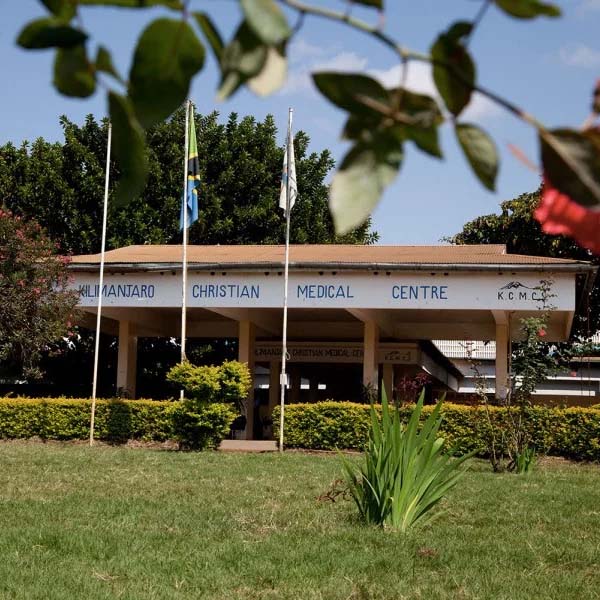
On July 2, 2021, Saving Sight distributed 6 corneal tissues to the Donor Network of Arizona to be used by one of their surgeons in Tanzania for a mission trip.
Dr. LeeSa Jackson joined Dr. Elisante Jackson Muna at the Kilimanjaro Christian Medical Center to perform a total of 17 gratis surgeries between the dates of July 5th-16th, to those in need.
This trip was not Dr. Jackson’s first to Tanzania. In 2018, Dr. Jackson traveled to Tanzania to perform 18 corneal transplants.
The medical team gathered stories from each recipient. Read the impact these sight-saving corneal transplants had for the corneal recipients below.

[Saving Sight recipients, Top L-R: Edson Mika, Bright Shipella, Meshack Nzowa; Bottom
L-R: Joshua Martin, Omary Hindu, Neema Mkwizu]
Edson Mika is a 31-year-old medical doctor who works as a general practitioner in the Dodoma region. The most challenging problem for Edson is his poor vision from keratoconus. Overtime, his keratoconus became worse and worse, and his poor vision became a major problem in his career. He could not see to take care of his patients or write in his patients’ charts. Edson tried a variety of medicines to aid his vision, but there was little benefit. Edson greatly appreciates the cornea donation because, as he notes, “we all have things to do in our lives, so it is important to have the donation.” More simply, Edson “thanks the donor very much.” As a general doctor who has experienced a cornea transplant, Edson believes organ transplantation is good because it allows people to continue on with their lives in the best way. He says that we should ask the question, “Does it help me now?” The advice Edson would give someone in his position is to take full advantage of the ability to see well again. He indicates that his poor vision before the cornea transplant was the only thing holding him back and now he hopes to “progress well” in his career as a doctor.
Bright Shipella is a 12-year-old boy from Dodoma, the capital of Tanzania. Bright lives with his two siblings and loves to play soccer. However, due to his poor vision from keratoconus, Bright couldn’t see the ball to play soccer anymore. Bright says he has fought through the inflammation of his eyes and poor vision. He wishes to improve his soccer skills, but only wants to compete recreationally or on the local level. As a prime career goal, Bright plans on becoming a doctor. Bright sends the following message to others who may be considering a cornea transplant. “I feel good. My eye vision is performing well. I can now see the blackboard.” (likely referencing the blackboard near the hospital bed.)
Meshak Nzowa is a 20-year-old young man from Tanzania who lives with his parents and younger brother. He previously tried traditional medicine, contact lenses, and glasses, which helped his cornea deformity, keratoconus, only temporarily or not at all. As a student, Meshak finds it extremely difficult to read a book. When he attends local basketball game, Meshak is unable to see the score. At night, he finds it challenging to walk because he cannot see his way. Because of these difficulties, Meshak would tell the donor that is truly made a difference and that it is without a doubt helpful. His advice to people in his position it to recognize the importance of the problem earlier on so they can make the most of their remaining life. Now that he has had his cornea transplant surgery, Meshak hopes to become ore involved in the local basketball leagues as a player, not just a fan. His short-term goals are to continue his education to be accepted into high school and then into a university. Meshak’s prime long-term goals is to become a doctor, specifically an ophthalmologist, in order to help patients, like himself who have keratoconus. Meshak is confident that he will be able to study much better now with his improved vision, so he sees these goals within his grasp.
Joshua Martin is a 19-year-old student who attends Karagwe University. He lives at the university in the Karagwe District of the Kagera Region. Joshua has many brothers and a younger sister who live with his parents at his family home. In Joshua’s free time, he loves to draw letters, various types of calligraphy, and portraits of people. Due to Joshua’s poor vision in his left eye from keratoconus, he had difficulty at school taking down information from the blackboard and reading books, even with the help of friends. The keratoconus eventually affected Joshua’s vision so severely in his left eye that he only used one eye, his right eye, to do school related tasks. At this point, he considered dropping out of the university because of his poor vision and “doing anything that would possibly fit my society.” To the person who donated the cornea, Joshua says, “I just give a good thanks to him or her whomever he or she is because they just changed my whole life.” Now that Joshua’s vision has improved after the cornea transplant in his left eye, he plans to continue his education at Karagwe University.
Omary Idd Hindu is a 25-year-old ticket salesman from Babati Mjini District in the Manyara Region. In his daily life, Omary reads over, cuts, and sells many train tickets with very small text. His poor vision has made his work as a train ticket salesman significantly more difficult, almost nearly impossible. Omary has corneal scarring due to hydrops associated with keratoconus. His poor vision began after he began scratching his eyes as a result of exposure to a strong perfume which irritated his eyes. In an effort to improve his vision, Omary tried multiple mediciations that, in the end, did not help. Omary has had to wait years for his cornea transplant surgery. To the person who donated the cornea, Omary says, “God bless them, and I am so thankful for that…And by the help of God and the doctors, I can be better now.”
Neema Omary Mkwizu is a 12-year-old girl from the Wilaya ya Arusha Mjini District in the Arusha Region. Neema is an only-child, which is rare in the Tanzanian culture. When Neema is not attending school, she loves to read and write about historical information. Neema’s case of keratoconus occurred idiopathically. She has no associated risk factors, or systemic or ocular conditions associated with her keratoconus. Her vision was not helped by other treatments, including spectacles. To the person who donated the cornea, Neema simply states, “thank you.” To others who may be in her position, she advises them to read books and, as a result, gain knowledge. Neema’s favorite historical location is the Amazon Rainforest, which she hopes to travel to and learn more about in her future. Neema plans to become a history teacher or an eye doctor, specifically a cornea specialist, so that she can treat others with her same problem.
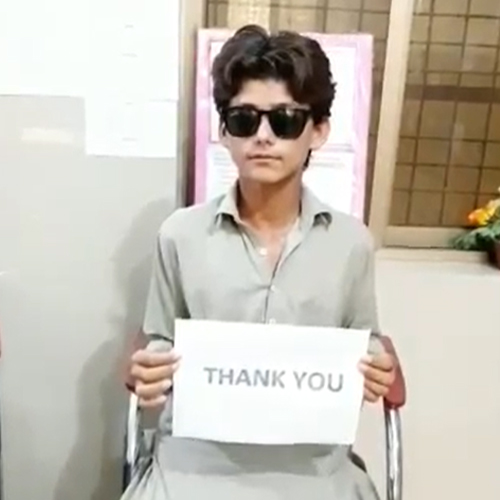
In 2018, Saving Sight began working with Dr. Fawad Zafar. Dr. Zafar is a urologist who lives in Iowa and also coordinates the acquisition of corneal tissue for transplant in Pakistan.
“In April 2017, one of my class fellows who was a doctor, but left medical profession and went into foreign service, was ambassador of Pakistan at Sri Lanka. He was telling me how corneas were being sent from Sri Lanka to Pakistan and other countries. I thought that was a great project and I contacted them,” says Dr. Zafar.
At the time Dr. Zafar didn’t know that U.S. eye banks sent tissue internationally. He did a Google search for ‘cornea tissue for overseas surgery from the U.S.’ and the first eye bank that popped up was the Lions Eye Bank in Tampa. He called their eye bank. “I explained to them how we were raising money, and we wanted to send corneas to our Mayo Hospital in Lahore, where I trained. My class fellow at the time was professor of ophthalmology over there and they had a waiting list of 500 patients.”
They received 10 tissues from the Lions Eye Bank in Tampa that month, and the project was underway. Saving Sight, the Lions Eye Bank of Indianapolis and others also began working with Dr. Zafar on this project.
“At first, we were only interested in the Mayo Hospital in Lahore but, when I started calling around, it turned out that there are no measures of cornea donations, and nobody is donating any corneas in Pakistan. The entire country is depending on Sri Lanka,” he says.
“I then went ahead and started calling hospital after hospital, and we now have 39 facilities that we support. There are 5 states in Pakistan, like we have 50 states in the U.S.” Dr. Zafar is now coordinating distributing corneas to hospitals in all 5 states throughout Pakistan.
“Saving Sight has been so supportive and so helpful that it is just unreal,” he says. “I wanted to share with you that to date we have sent 3,574 corneas to Pakistan.” Several of these tissues have been distributed by Saving Sight. So far in 2021, Saving Sight has sent 43 tissues to Pakistan.
“The project was started by my two sisters who are doctors, one is a cardiologist in Dallas, and one is a hospitalist in Indianapolis, and me,” shares Dr. Zafar. “I am also a lifetime member of the Association of Pakistani Physicians of North America (APPNA). APPNA has about 6,000-7,000 members and I decided once we spread out, that we might be able to have more support if we contacted APPNA and brought this project under their umbrella, so that is what’s happened.”
Dr. Zafar and his sisters coordinate this process on a 100% voluntary basis. They raise funds among their family, friends, and colleagues to coordinate costs and shipments of the tissues with U.S. eye banks. The surgeons in Pakistan then perform the surgeries and post-operative care for free. Each of the hospitals are also government hospitals, meaning they do not charge the patients for their care.
Dr. Zafar personally calls each patient to make sure they were well-taken care of and to make sure no costs were incurred as well. Nearly all patients are underserved and are unable to pay for their healthcare needs.
The work of Dr. Zafar, the teams in Pakistan, and the involvement of U.S eye banks like Saving Sight, literally saves sight and changes the lives of these recipients. Without this work, they would not have access to care and would lead a life of corneal blindness.
“It would not have happened without Saving Sight’s help and without the other eye banks. You have made a huge impact on people’s lives,” says Dr. Zafar.
Dr. Zafar provided two videos of grateful corneal recipients in Pakistan.
This young man received a sight-restoring cornea transplant at the Quaid-E-Azam Medical College, Bahawalpur Pakistan thanks to the selfless gift of sight from a Saving Sight eye donor. Thank you to Dr. Fawad Zafar, surgeons in Pakistan, and the Association of Pakistani Physicians of North America for making this possible.
This young woman received a sight-restoring cornea transplant at the Quaid-E-Azam Medical College, Bahawalpur Pakistan thanks to the selfless gift of sight from a Saving Sight eye donor. Thank you to Dr. Fawad Zafar, surgeons in Pakistan, and the Association of Pakistani Physicians of North America for making this possible.
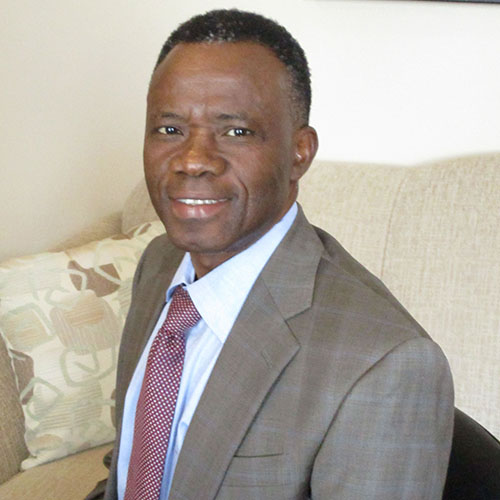

Ukeme Umana, M.D., Refractive Surgery Specialist at the Laser Refractive Institute of the Marion, Illinois Eye Centers.
Supporting our partner surgeons in their humanitarian efforts is one way Saving Sight is able to honor the gift of sight. These partnerships offer the possibility for restored vision for those who otherwise would not have access to care.
Ukeme Umana, M.D., is a long standing partner of Saving Sight. Dr. Umana is currently the Refractive Surgery Specialist directing the Laser Refractive Institute of the Marion, Illinois Eye Centers.
Each year, Dr. Umana travels to Nigeria 1-2 times to perform corneal and cataract surgeries. He has been involved in the medical eye mission trips there since 1991, providing basic vision care for those underserved in the area. “Since 2012, I have been performing formal transplants,” he says. “I also go to Liberia, where I perform mainly glaucoma, cataract, and pterygium surgeries. Due to COVID-19, trips to Liberia have been suspended.”
“The most recent trip was to Nigeria in March 2021 where I performed 16 PKP surgeries in 3 days. One patient was 10 years old,” he says.
While transplants are a large part of the mission trips, Dr. Umana also takes time to train local physicians. There’s a substantial shortage of physicians with training in corneal transplantation in the area and an even greater shortage of eye tissue.
Saving Sight provides Dr. Umana with the corneal tissue for his trips. “Saving Sight has been a strong partner for corneal work. There’s no eye bank in Nigeria,” he adds.
To put this into perspective, there are about 50 million people in the region but no corneal surgeries are offered because there is not an eye bank in the country.
[Photos from Dr. Umana’s March 2021 Nigeria trip. Left: 10 year old transplant recipient.]

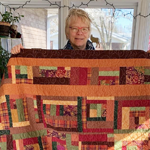
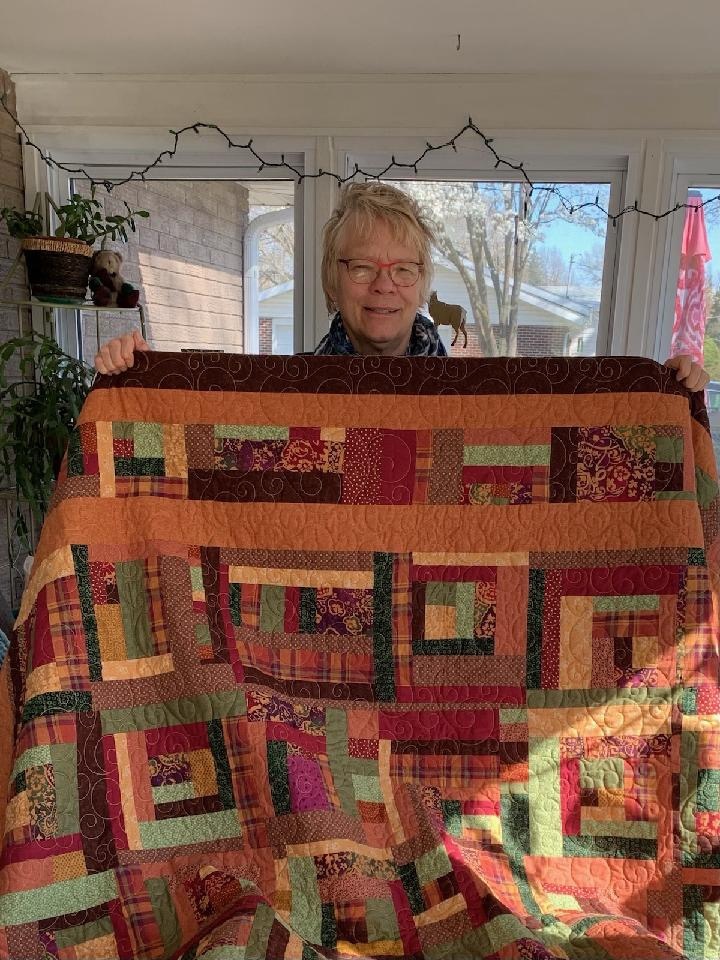
Awaiting Corneal Transplants
While healing from her DVT blood clot, Connie wasn’t sure if she would ever be able to have her corneal transplants because she was having trouble both walking and seeing. “I reached out to the Springfield Missouri Council of the Blind and they were a great help. They brought me magnifying glasses and books on tape through Woolford Library. Everything they do is free, and they even brought me the best sunglasses. It was so easy, and they were so kind – I appreciated it so much.”
Connie, 72, says she lives about an hour outside of Springfield on 100 acres and in a home she built about 40 years ago. The Council of the Blind came out to her house since she wasn’t able to drive. “I’m not ready to give up my land and my house. They helped me out enough that I can not only survive out here but thrive.”
Corneal Transplantation Experience
“For the last ten years, I had been dealing with Fuchs dystrophy. I think I could have lived with Fuchs a little bit longer, but my cataracts started to get really bad,” says Connie.
“My surgeon, Dr. Seagrave, was just exceptional and so was his nurse Barbara. My experience was a surgery that lasted about an hour and there wasn’t any pain involved.” Dr. Seagrave was able to perform her cataract surgery and corneal transplant surgery at the same time. “He said doing them together was the most efficient and it gave me less overall healing time. That’s why I like Dr. Seagrave, because I felt he was up to date in procedures. It was wonderful only having two surgeries instead of four.”
Life After Transplantation
“I can’t tell you how much it means to have my vision back.” Connie can get back to her fabric studio in her home. “I used to do a lot of intricate handwork. I love quilting and embroidery. I was noticing how bad my vision was getting because it was getting hard to see to do that. Now I’m able to do it again! I did an incredible quilt for my daughter this year with lots of precision cutting.”
Connie has also always been a huge reader and it was challenging for her not being able to read print. She’s happy to see to read again, though she still isn’t able to read regular print easily. She has been reading on a backlit Kindle since she was first diagnosed.
Connecting Through Saving Sight’s Correspondence Program
“I wrote a letter to the donor families. My whole philosophy of life is to just be grateful for what you have. When I had the corneal transplant, it was like getting a superpower. When this happened and it worked, I just realized how lucky I was. If somebody hadn’t donated corneas, I wouldn’t be able to see.”
“I decided to wait to write the letters until both transplants were done. I thought, what a heavy letter. I wanted to say thank you and tell them how much it really changed my life.”
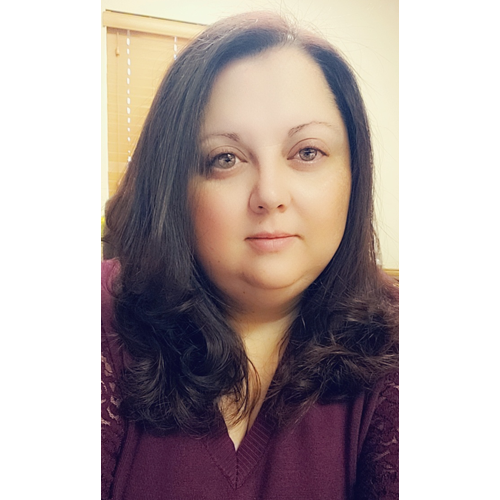
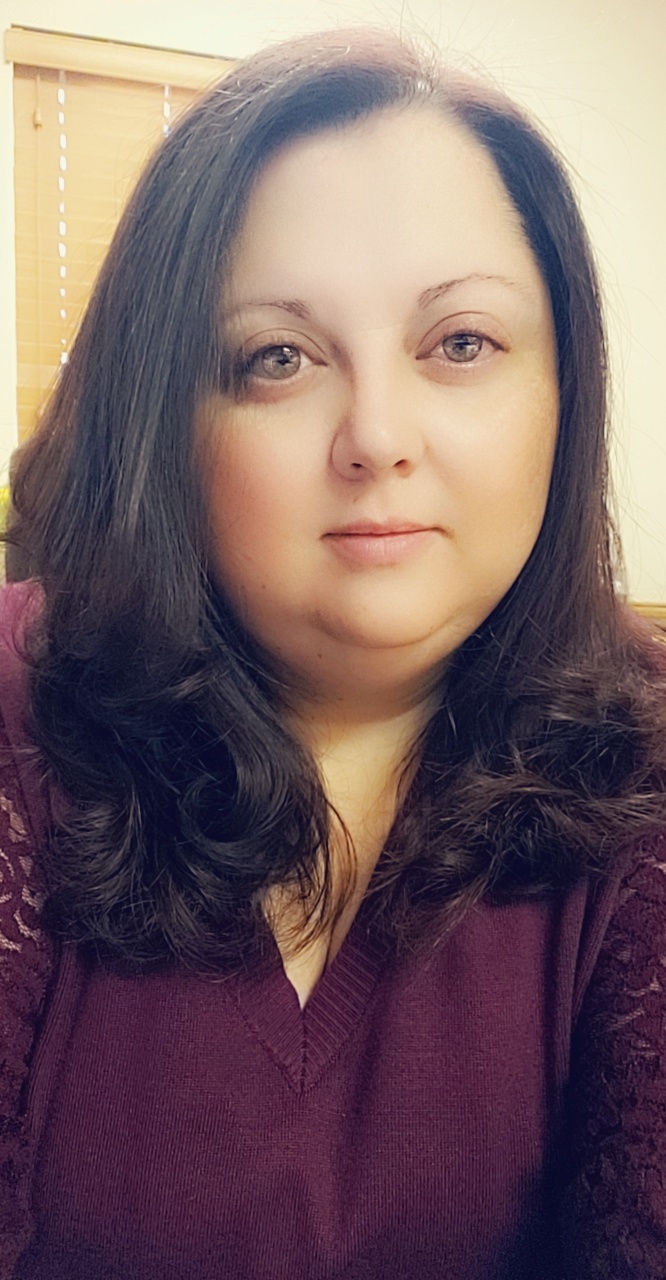
“I got lucky and had one of the most compassionate surgeons from my area, Dr. Shachar Tauber. When I went in for my cornea consultation, I cried as I am young – I’m only 37. Going into it, it was very scary. I went in the day of my surgery feeling extremely nervous. After a few hours, everything went well, the old cornea was removed, and the new cornea put in. I left with a beautiful blue eye with 16 stitches. My son was amazed because I naturally have brown eyes and the next day, when taking the bandage off, I had a shiny new blue eye,” she says, adding her eye eventually turned back to her natural brown color.
“During my follow-up appointment, I opted to ask about my donor.” Stephanie learned her donor was a 59-year-old female. “I opted to write the family a thank you letter, but never received anything in return and that is ok because I just wanted them to know how grateful I was to them for the gift of sight.” She adds that prior to her transplant she hadn’t considered how much receiving a cornea transplant affects you mentally, especially considering how it impacts your vision.
“Many people only think about the main organs like hearts, lungs, kidneys, livers, but never really your eyes. You see, every day that I look out of my eye and I can see and I can’t help but think of my donor and her family. Because she and her family opted to be a donor, I now can see. I can see to craft, I can see to drive, I can see to work, and most importantly I can see to watch my son grow into a young man.”
“I don’t think people truly understand the importance of being an organ donor. It can help save lives, but it can also be just as important to someone else who needs an organ as small as a cornea…because of someone else I am able to see, and I will forever be grateful.”
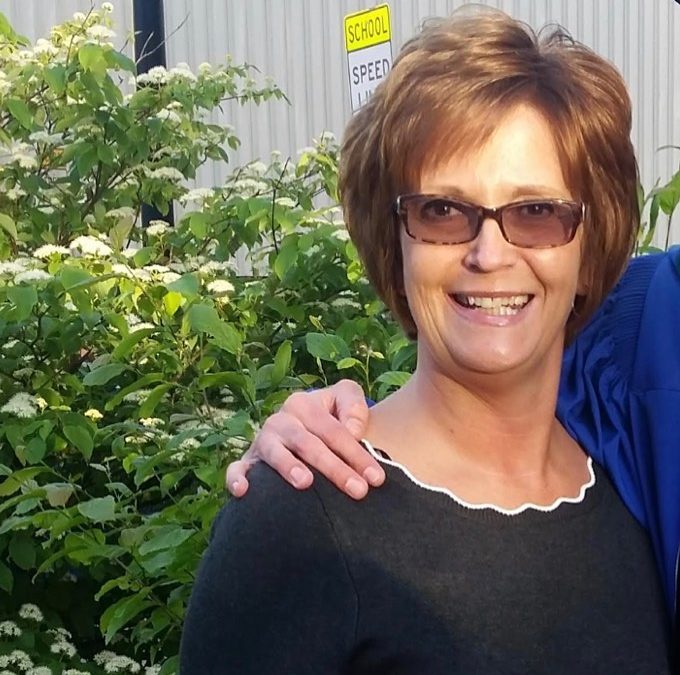
“I was diagnosed with Fuchs Dystrophy in 2007, in 2010 I had corneal transplants in both eyes. In September 2020 I needed a cataract removed in my right eye which lead to another cornea transplant. I am so grateful for cornea donors. I wouldn’t be able to see without them.”
Share Your Story with Saving Sight
Have you benefited from one of Saving Sight’s programs? If so, we would love to hear how it made an impact on your life. Each year, Saving Sight’s vision programs change thousands of lives, and our recipients’ stories are one of the most powerful tools we have to communicate our mission. When we can illustrate our mission well, we can help even more people.
If you’re interested in sharing your story for our communications, please fill out the form on this page to let us know a little bit more about your experience. Afterward, a Saving Sight representative will contact you with more information about how you can become an advocate for our sight-saving work.